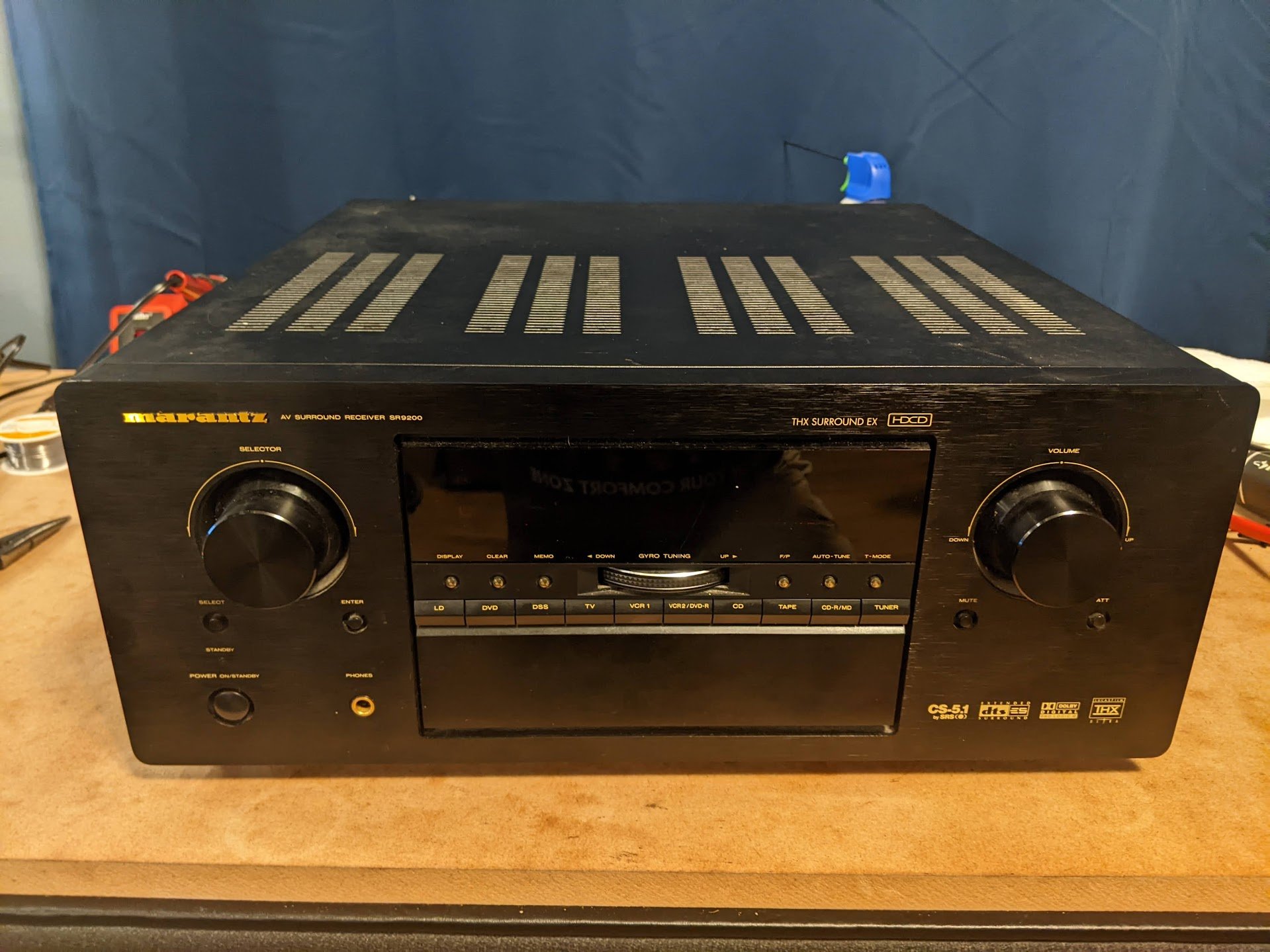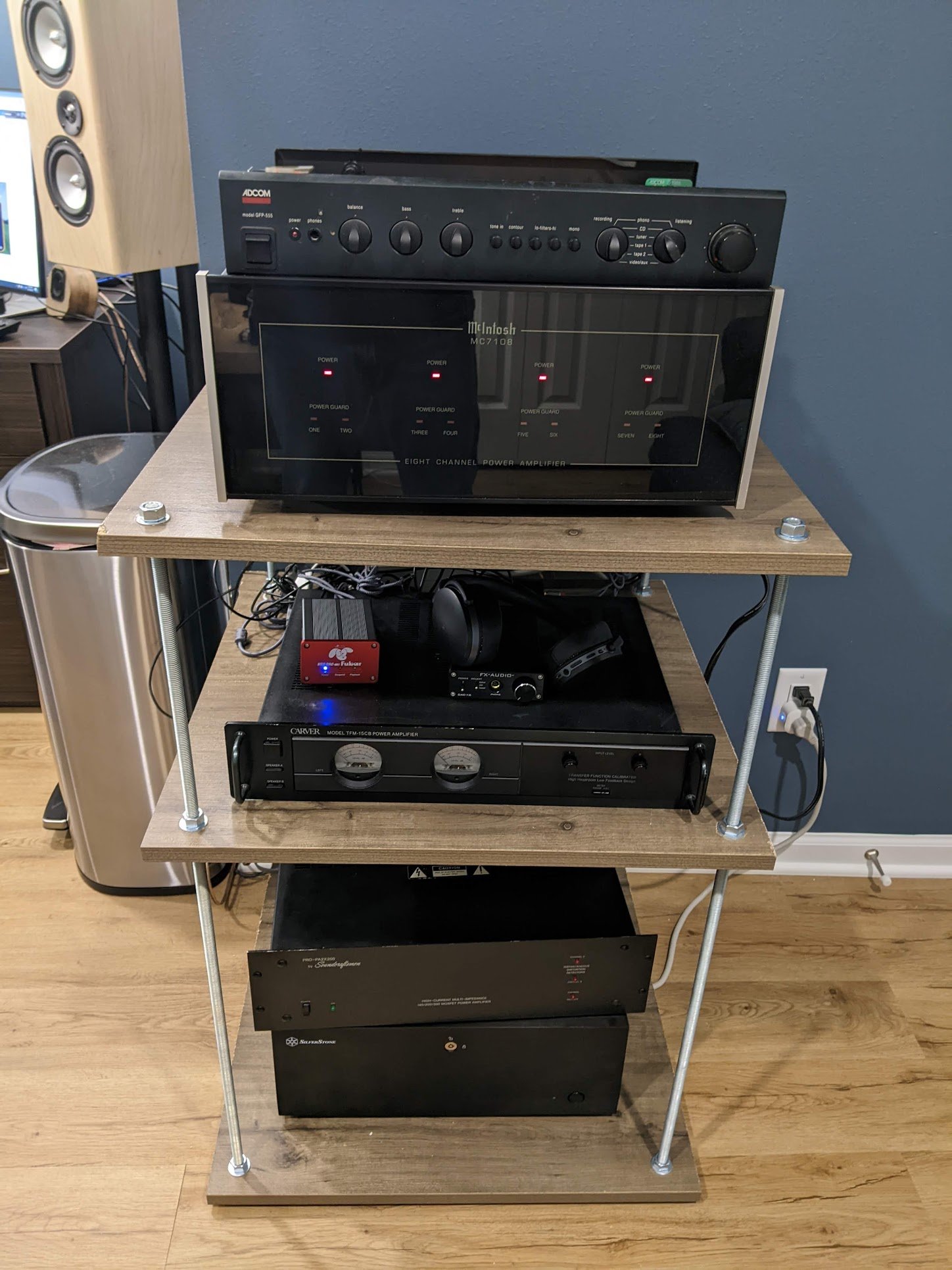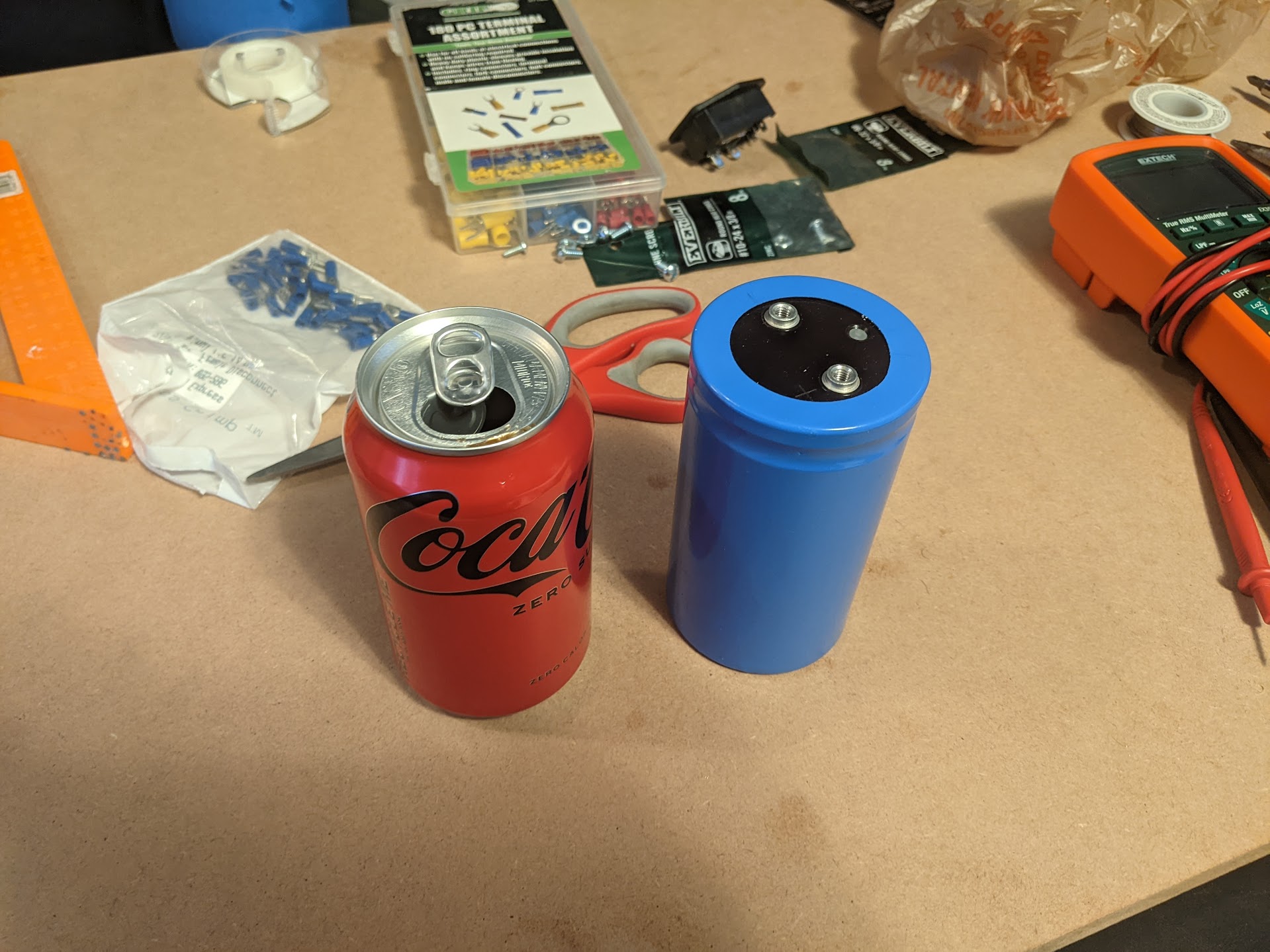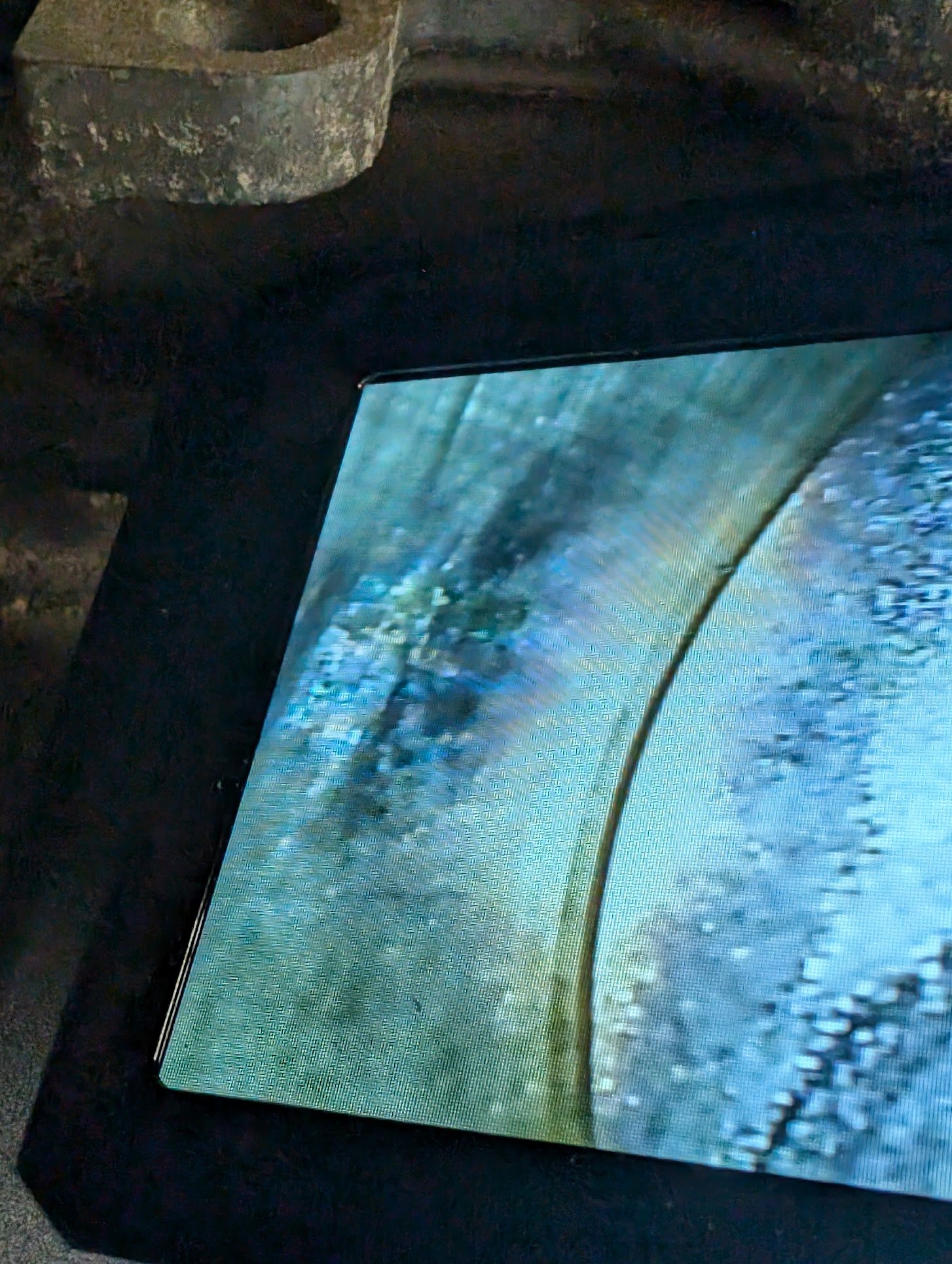WARNING: In this post I talk about working on HIGH POWER electrical circuits. DO NOT DO THIS UNLESS YOU HAVE BEEN TRAINED... PERIOD! The capacitor in the final photo is quite easily capable of KILLING YOU if you discharge it through yourself. The amp uses TWO of those in its power supply.
As a hobby, I pick up distressed amplifiers, receivers, and other audio equipment and attempt to bring them back to life. This has netted me some spectacularly great pieces for pennies on the dollar, to outright free.
This photo is a receiver I picked up locally for free. Both main channels were "out". It wasn't the internal amplifier that was the problem though, rather the input board had some dry solder joints. About 3 hours of soldering netted me a perfectly working receiver, which has been in my living room for the past two years working perfectly. If you want photos of when I took it apart, just let me know.

Below is an 8 channel McIntosh MC7108 that I bought off of eBay listed "for parts". While what I paid for it probably doesn't fit the definition for "budget", it was less than a quarter what the amp is worth... So maybe budgetish? It's works great, but I ended up not really fixing it. It actually worked for about a week after I bought it. I thought I had really scored, until it started up with a horrendous buzzing noise that came from inside the cabinet. The protection circuits also kicked in and the amplifier would not power up. Some investigation, again photos are available if you want to see them, revealed that buzzing came from a bad capacitor and relay in the on/off switch circuit. As I didn't care about the on/off switch, I simply bypassed it. Now, if the amp is plugged in, it turns on. I control it using a Zwave outlet (look at the power outlet and you'll see it) and that is what I use to turn on and off the entire stack you see.
Below the McIntosh is a Carver TFM-15B that needed the input pots cleaned and new meter lights. It's not a well built amp, but I've always loved Bob Carver's work and it sounds very warm. Bob was known for is ability to copy the sound of much more expensive amplifiers in his design, which he called "Transfer Function." In the case of the TFM-15B is copies the sound of a Classe amp, although I don't remember which one.
Below that is my wife's old Soundcraftsman amplifier that I put new power supply capacitors in. The caps in that thing are the size of coke cans.. Don't believe me? See the last photo...
At the very bottom is an old HTPC I built many years ago. It is retired as an HTPC and is currently serving as a low power server for my house.

Big honking Capacitor:


Chili (I modified the "Joy of Cooking's" McCleod chili recipe with fresh chilis and roasted red peppers)
Julia Child La Beouf Bourguignon (This actually gets better the longer it sits in the fridge).
Baked Ziti (Cooks Illustrated)
Chicken Tinga (Bon Appetite recipe)